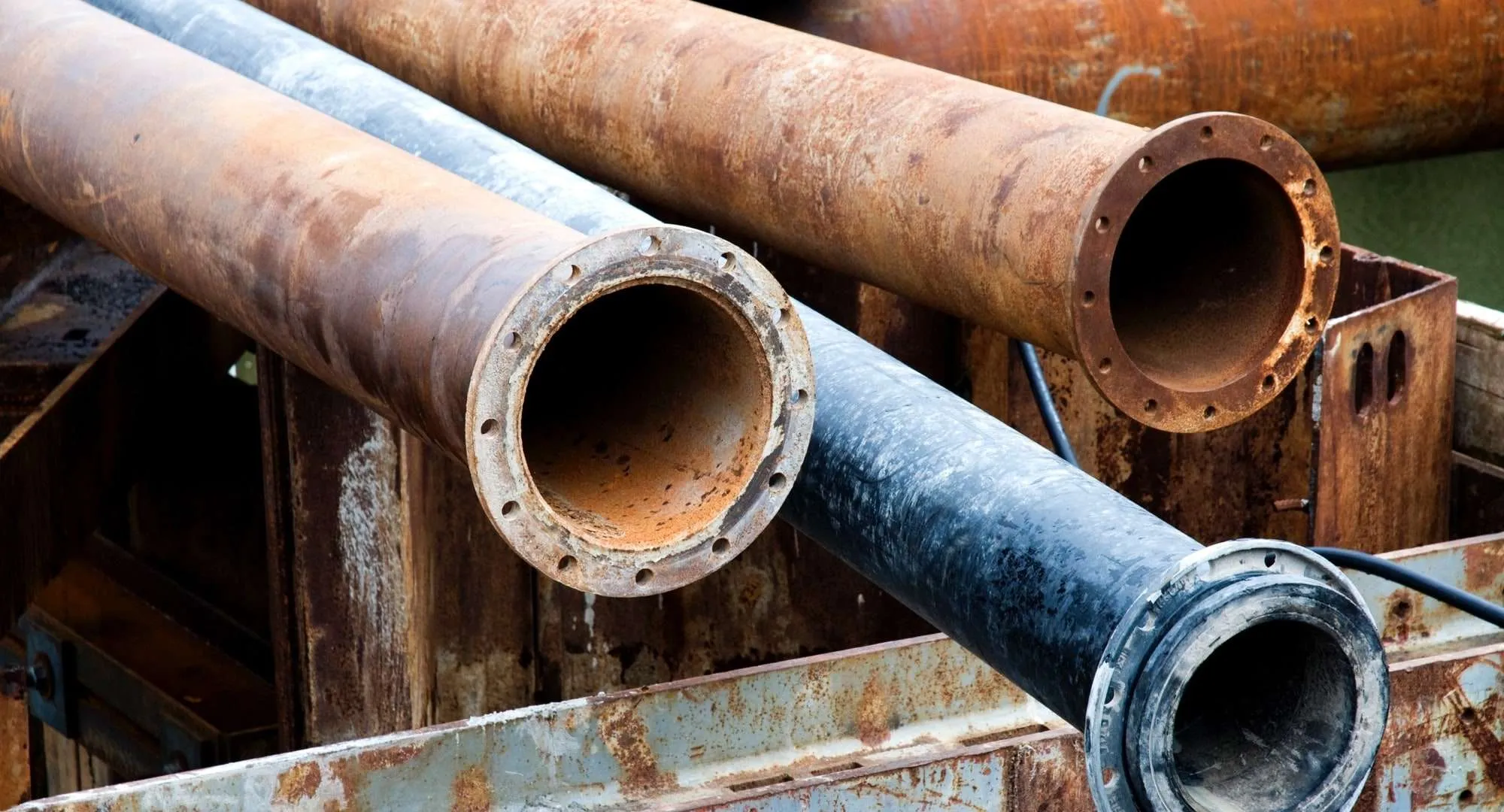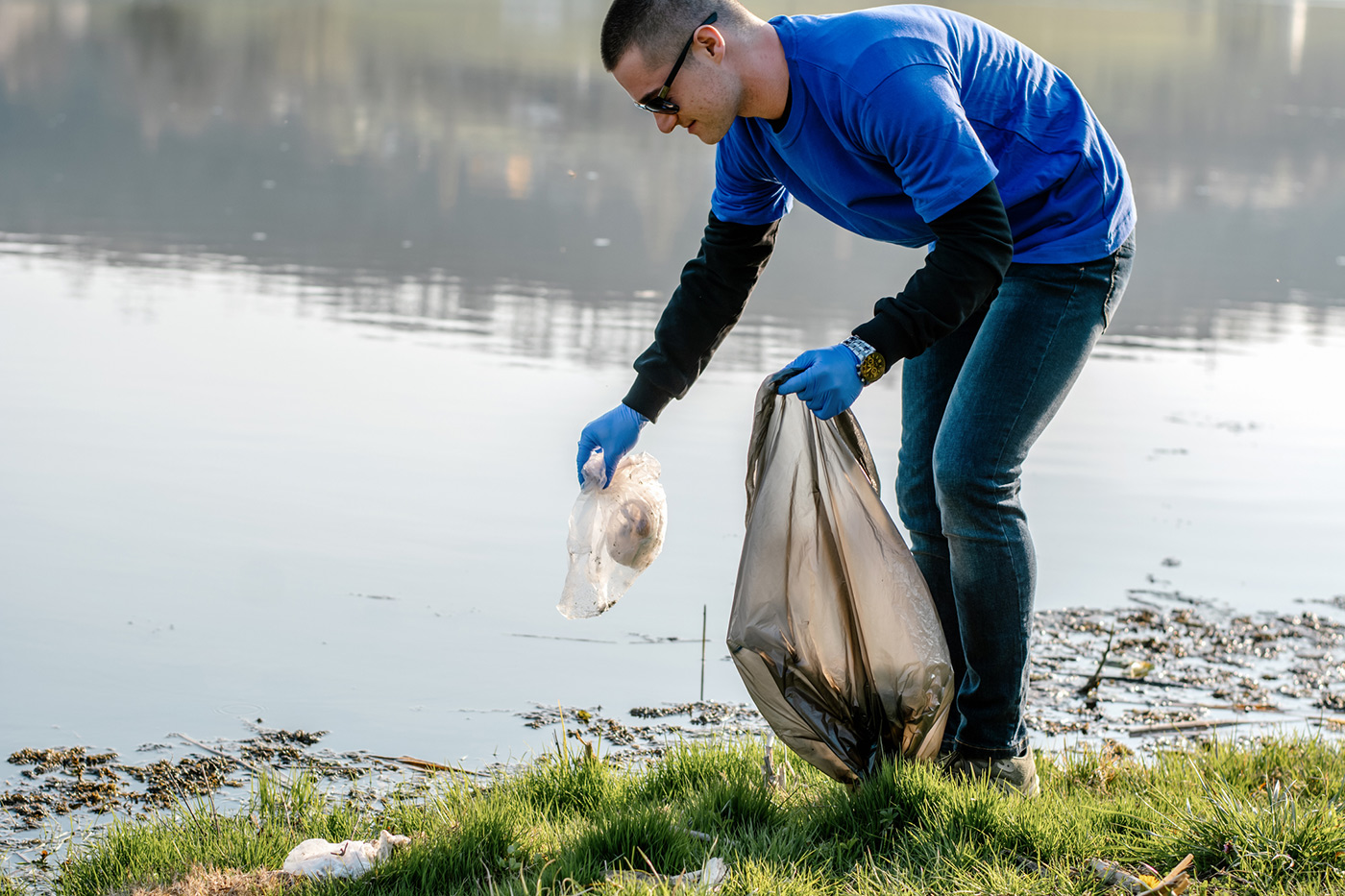The Great Lakes are set to receive $1 billion in federal funds to accelerate ongoing work to clean up and revitalize the Great Lakes. The bulk of the money will go to fully cleaning up 22 hotspots that suffer from the worst legacy environmental pollution by 2030. Nine of these hotspots are in Michigan – the most of any state in the Great Lakes region.
Funded by the Bipartisan Infrastructure Bill passed in 2021, this represents a substantial effort to address legacy pollution issues in Michigan. “It’s going to allow the most significant restoration of the Great Lakes in the history of the Great Lakes,” President Biden said at a press conference announcing the award.
The designated “Areas of Concern” in the Great Lakes region are heavily polluted with contaminants from extensive industrial activities. Sediments saturated with high levels of toxic pollutants, such as polychlorinated biphenyls (PCBs) and mercury, have resulted in ongoing public health advisories, including restrictions on fishing and water activities like swimming and kayaking.
The targeted Michigan sites include the Detroit River, Muskegon Lake, and River Raisin, all suffering from contamination due to historical industrial activity.
The economic implications of this initiative are significant: a 2018 study highlighted that every dollar invested in cleanup activities yields approximately $3.35 in economic benefits. Progress has already been made in some Michigan areas under the Great Lakes Restoration Initiative (GLRI), a program launched in 2010. Muskegon Lake, for example, is nearing removal from the list of pollution hotspots due to ongoing efforts. (The Lower Menominee River that runs through the Upper Peninsula has been successfully delisted.)
Between 2017 and 2019, the Trump Administration proposed severe cuts to the environmental cleanup program. But, the cleanup has historically received bipartisan support since it focuses not only on pollution cleanup but also on enhancing surrounding habitats, wetlands, and natural areas. The accelerated funding means 22 of the last remaining 25 designated “areas of concern” will be fully restored by 2030.
In addition to direct environmental improvements, this cleanup effort is expected to bolster the Michigan and regional economy. Michigan has the most coastline of any state in the Lower 48 states and attracts some 125 million tourists each year, with $3 billion in revenue annually. The lake also supplies fresh drinking water for 10 million Michiganders. Cleaning up the state’s nine remaining hotspots is expected to attract more residents and businesses and improve overall quality of life in Michigan.





